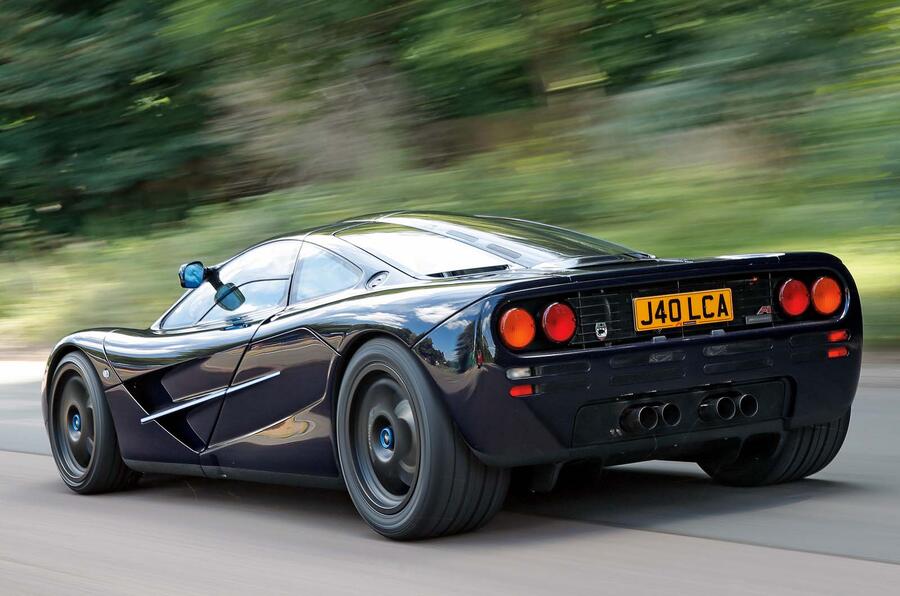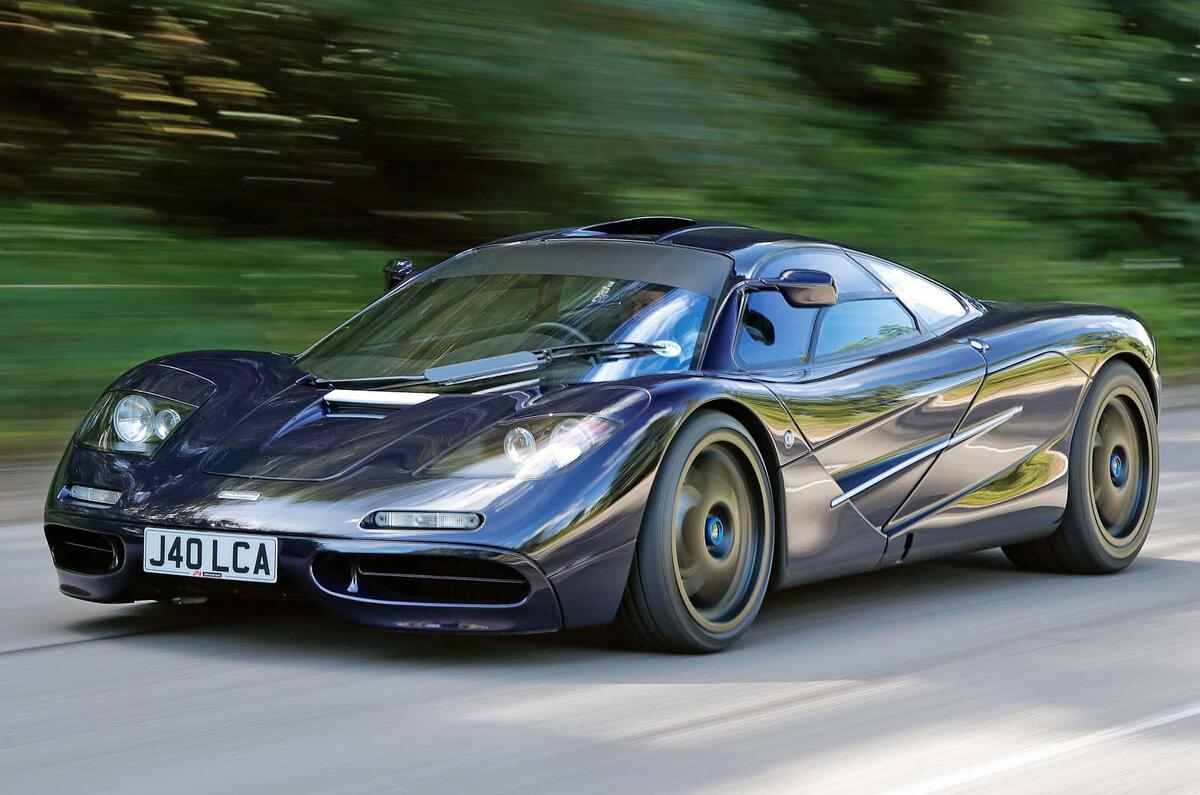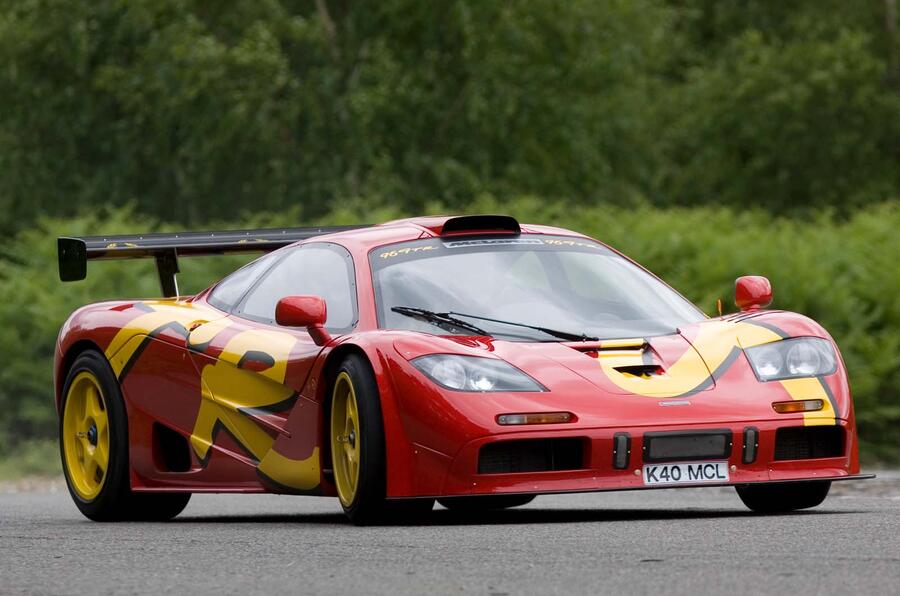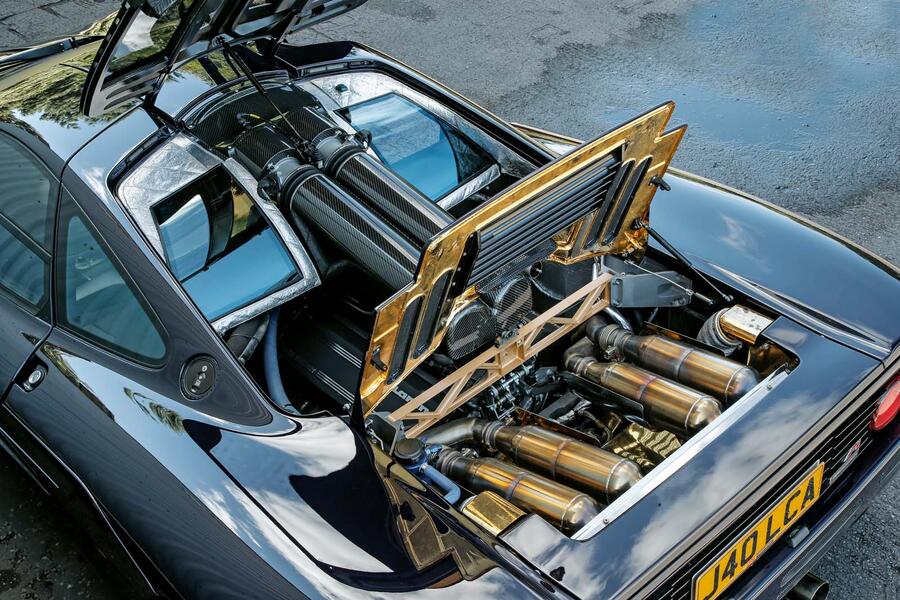What is the greatest road car of all time? There are many standouts that have had such an impact that they remain as aspirational in their old age as the day they left the factory.
When it comes to engineering and design, one 1990s hero can hold its own with the best of any era: the McLaren F1.
With just 106 cars in existence (including race variants and prototypes), the chances of even seeing McLaren’s seminal hypercar, never mind owning one, are slim. But if your Euromillions numbers come up, or a long-lost relative leaves you around, say, £15 million, then hopefully this guide will serve more as useful consumer advice than indulgent fantasy. Either way, it’s a tasty prospect.
The F1 was designed by legendary duo Gordon Murray and Peter Stevens and launched in 1992. It was in effect the world’s first hypercar, and two years later our road testers were given exclusive access to put it through its only full road test.

The figures we recorded on that day were the official stats used by McLaren themselves, and they told you all you needed to know about the F1’s capabilities: 0-60mph in 3.2sec, 0-100mph in 6.3sec, 0-150mph in 12.8sec and a top speed in excess of 230mph. They were world-changing numbers back then, but even today the F1 outshines modern supercars.
Its phenomenal 627bhp atmospheric V12 was built by BMW at Murray’s request. It manages to deliver uncompromising pace and a soundtrack reminiscent of a full-bore Le Mans racer while being pretty reliable, according to former racer Ray Bellm.
Ray Bellm - the man who made the GTR possible
Racing driver and business owner Ray Bellm managed to convince Ron Dennis to turn the F1 into a race car. Bellm told us: "I ordered chassis number 46 after attending the launch event in Monaco in 1992 and planned to convert it into a racing car. Ron Dennis said I couldn’t and offered to build me a one-off racer for £1 million, but I didn’t have the money.







Join the debate
Add your comment
The current trend of halo worshipping the McLaren F1, makes me chuckle.
It has become the darling of egotists with more money than sense, who store them away never to see the light of day....so much for the Ultimate analogue supercar languishing in a storage unit.
It is easy to forget that McLaren struggled to sell the things when new. Their anticipated build numbers never reached. Servicing costs made even the super rich cough, and put off many on the basis of 'taking the mickey'.
It was a challenge to drive for any but the talented, many visiting the scenery , including Rowan Atkinson and the MD of BMW AG (Bernd Pischetsrieder) as prime examples.
The headline is ridiculous, given the author has not owned even just one F1.
Finally...some advice for the common man